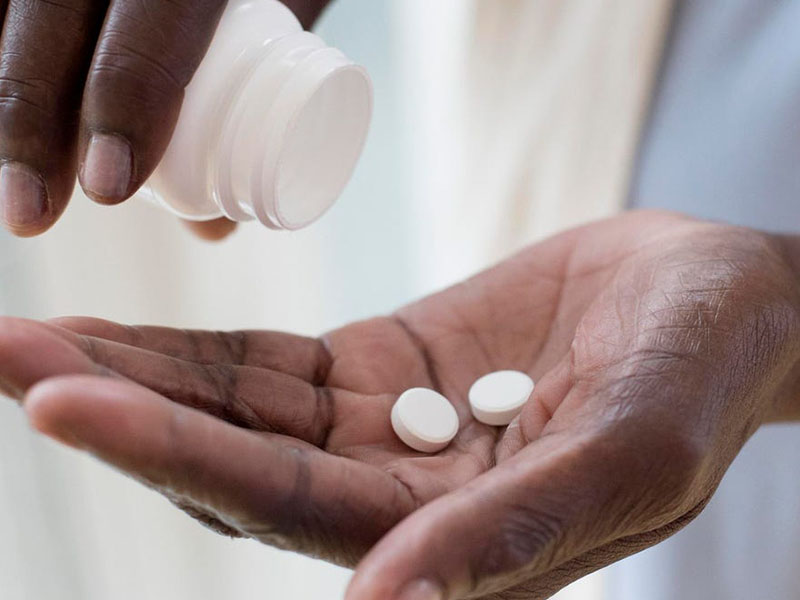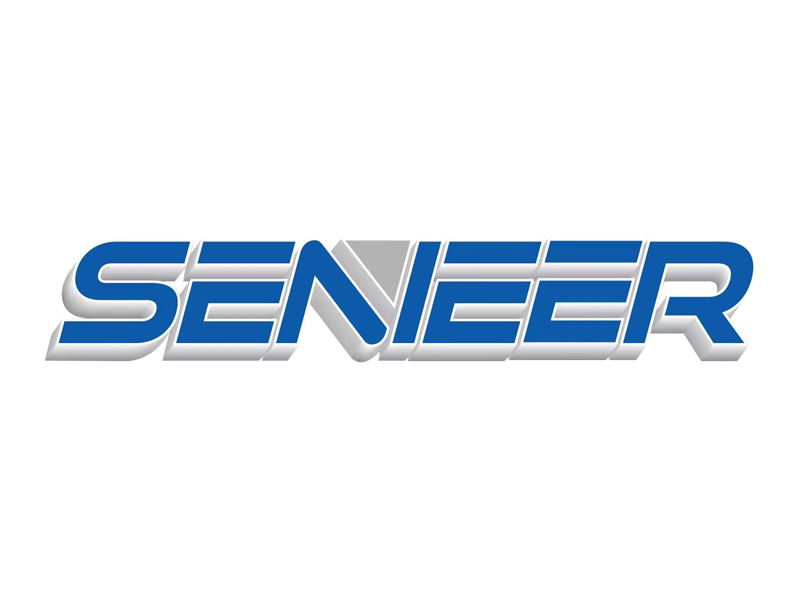A variety of issues might arise throughout any coating procedure. Such concerns are frequently related to formulation issues that have been amplified by those associated with processing.
1.Surface cracking of the coatings

Tablet cores that expand during or after coating are more prone to break the coating. Such expansion could be caused by stress-relaxation of the base following compaction (as shown with ibuprofen) or moisture absorption by the tablet base.
Expansion caused by post-compaction stress relaxation can be mitigated by lengthening the period between the compaction event and the start of sugar coating, whereas moisture sorption can be reduced by using an adequate seal coat.
2.When Coating does not dry
This refers to the inability of sugar coatings (particularly sucrose-based coatings) to dry adequately. It is frequently used to indicate the presence of high levels (more than 5%) of invert sugar. Sucrose inversion is exacerbated when sucrose syrups are kept at too high a temperature under acidic circumstances for an extended period of time.
Such situations arise when sugar-coating solutions containing alumina are kept too heated for an extended period of time, or when such sugar-coating solutions are continually reheated to redissolve sugar that is starting to crystallize out. Of course, the solution is to avoid overheating the sucrose syrup in acidic conditions.
3.Companionship (formation of multiples)
Sugar-coating compositions are extremely sticky by nature, especially when they begin to dry, allowing neighboring tablets to adhere together. When the tablets being coated have flat surfaces that can easily be in contact with another, multiples build up quickly.
This is especially problematic with rising capsule-shaped tablets with thick edge walls. Proper tablet punching design can significantly reduce the issue.
4.Disparate coloring
The colour scheme step of the sugar-coating process is crucial to finished tablet quality since it has a large impact on the finished tablet looks. Non – uniform color range, particularly in deeper colors, is frequently visible and consequently a major reason of sample decline. Many influences, including:
– Inadequate coating liquid distribution during application
-Water-soluble dye color migration occurs when the coating is drying.
-“Washing away” pigmented color coats
-When utilizing dye-colored coatings, the surface of the sub coat is uneven.
5.Marbling
A key secret of producing a high-quality sugarcoated output is to guarantee that the color is consistently dispersed throughout the colour layer and that a flat coating layer is created at the end of the color process or technique prior to polishing. Failure to obtain the required smoothness frequently results in a marbled look while polishing. This problem comes as a result of wax accumulation in the limited surface depressions of a rough coating and is more noticeable with darker hues. It can be resolved by assuring a flat surface at the completion of color coating.
6.Sweating and Blooming
Excessive moisture (in completed sugar-coated pills) is frequently an issue. This moisture might spread out beyond time and impair the service performance. Moderate quantities of moisture escape can the polish of the drug to seem fogged, a condition known as blooming. At greater levels (of moisture outflow), the moisture may appear on the sample surface as sweat droplets. This second occurrence, known as sweating, can be far more dangerous because tablets placed in closed containers can eventually cling together.
Adequate moisture levels in the sugar coating are beneficial to good polish properties and the prevention of sweating and blooming. As a result, great attention must be taken with the drying stage at the end of each coating liquid application, as well as the selection of proper racking/drying of tablets before polishing.
7.Coating chipping
The extensive use of impermeable additives and pigments is to blame. It is possible to address it by adding modest amounts of polymers (such as gelatin) to some or all of the coating compositions.
Why would you choose Senieer?

Senieer, a leading global producer and supplier of pharmaceutical equipment, provides ONE STOP SOLUTION. Senieer is the premier global partner for companies in the pharmaceutical, food, chemical, and cosmetics industries. In China, Senieer has mostly concentrated on solid dosage forms for over 34 years. Integrated process solutions that are dependable. We manufacture equipment in accordance with global standards such as GMP, cGMP, and the US FDA.
Senieer technical team members improve one-stop solution services for comprehensive projects, from consulting to design. We completely meet your method and needs for resolving all of your problems.










